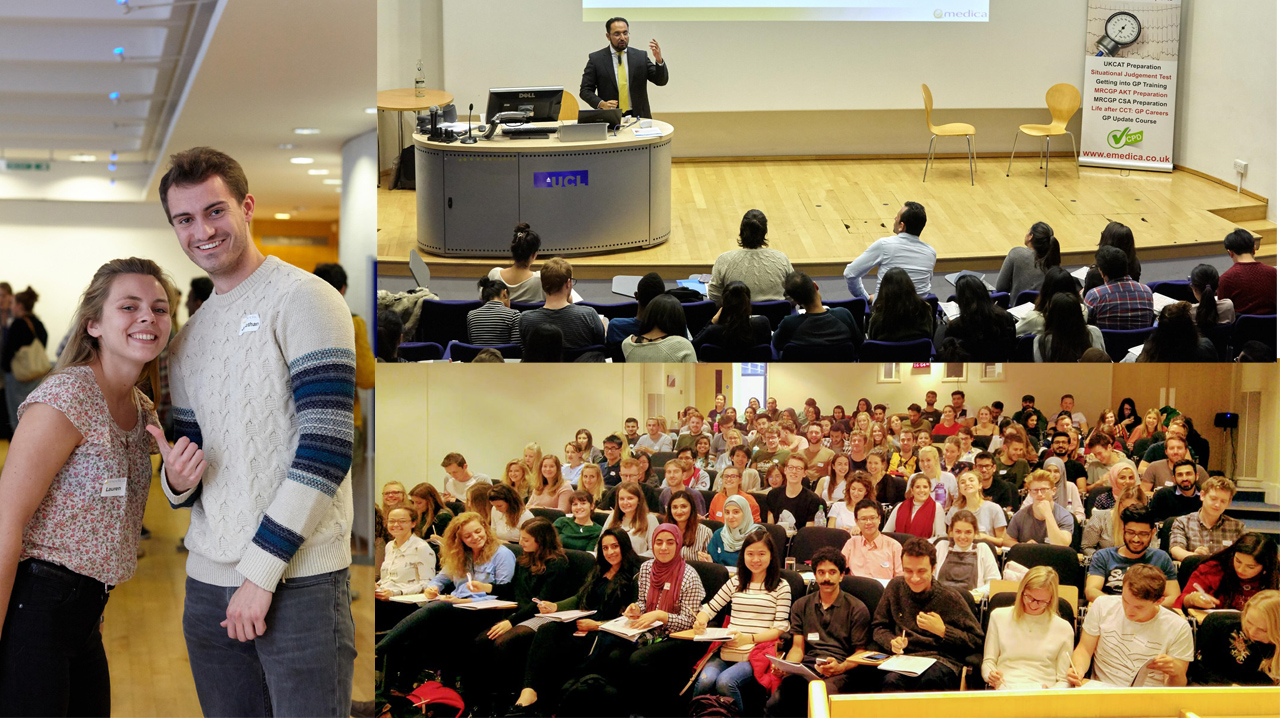The Foundation SJT is an important part in your overall FPAS ranking, and getting a good score will improve your chances of getting your 1st choice rotation. In this article, Dr Sarah Levy discusses how she managed to score 49.16 in the SJT (this is in the top 1% in the country) and her tips on how to do well in the SJT.
How I prepared for the Foundation SJT
I sat the SJT on the 1st December 2017 and probably first starting thinking about it at the end of October when I attended an information session run by my medical school where they discussed the format of the exam and gave advice on how best to prepare. I was fortunate to attend three further preparatory session delivered by my medical school, which involved running through various questions and discussing possible strategies for how to go about selecting answers. However, the main take-home message that I personally got from these sessions was that it is tricky to know how best to prepare for the SJT aside from practicing the official questions available online.

Test Quiz
I am inclined to agree that perhaps the most important thing I did to prepare was to do the official questions available online. I did these under exam conditions, including printing out the answer sheet example. This was useful to familiarise myself with the timings of the exam, and also with how to fill in the answer sheet (it is surprisingly easy to lose concentration momentarily and accidentally fill in the answers in the wrong order!) I also bought one book with practice questions and borrowed another book, and spent perhaps around 8 hours in total working through questions from these books. I found that whilst some of the questions and explanations were useful, they were not hugely similar to the questions asked in the actual exam with some being far too easy and others being very difficult with unclear explanations which left me still believing my original answers to be correct. I also attended an Emedica SJT course (discussed in detail below), which proved very useful in my preparations.
Another resource that I found helpful to use in my preparations was the GMC’s “Good medical practice” document and the Ethical Guidance section of their website. The “GMP in action: GMC guidance brought to life” scenarios provided a huge array of different dilemmas that can come up in clinical practice (and in the SJT) along with explanations of how best to deal with them.
Retrospectively, having sat the SJT and achieved a score that I was very pleased with, I think that much of the “preparation” that I did was actually done subconsciously when spending time on the wards.

Female doctor explaining diagnosis to her female patient
Many of the questions I encountered in the SJT had similarities to the sort of situations that medical students witness when on clinical attachments. Whilst clearly these situations are not always dealt with in the correct way suggested by the SJT answers, I found it useful to have previously thought about such situations and how I might act if/when they were to occur in my own life. I also found it helpful during the test to think about doctors who I had found to be particularly competent and contemplate about how they might act in each given situation.
Emedica SJT course
I did the Emedica SJT course a couple of weeks before I sat the SJT, and found it to be a very beneficial experience. I was fortunate to be able to do the course a mere 20 minutes from my house but met others there who had travelled literally half way up the country to attend and also agreed it was worthwhile! Dr Rahman gave helpful hints and tips on how to tackle the SJT as well as reviewing core knowledge relating to ethics, confidentiality, consent etc.
We also went through numerous questions together and were given clear and concise explanations which I was able to learn from and later recall when answering similar questions. It was also useful to go through a mock SJT exam which again gave an idea of the timings required. The course was efficient and all the staff I encountered were friendly and welcoming. It also put my mind at ease and meant I was more confident on the test day itself. The most useful things I took away from the Emedica SJT preparation course were an improved awareness of the importance of good time management, a better familiarity with the different question types (including the newer ones) and how best to tackle them, and a sense of the importance of remaining calm on the day.
My tips for exam day
In terms of preparing for the day itself, I would recommend having a relaxed evening the night before to try and clear your head. This is probably good advice before any exam (although sometimes hard to take!) but I think it is especially relevant for the SJT which is not an exam that can be approached with fact-cramming in the hours beforehand. Personally I relaxed by phoning friends and family for a chat and reading a book before having an early night.
On the actual day, I made sure to have a decent breakfast and some coffee (but not too much!) I found the exam itself to be tight for time, so it is important to read the questions quickly and ensure that you don’t run out of time at the end. For me, the latter “select 3” questions were quicker to complete than the initial “rank the 5 options in order of best to worst” questions. This may be worth bearing in mind when working out how best to manage your time during the exam.
Conclusion
In summary, from my own experiences of sitting the SJT, I would recommend specifically practicing and reviewing all the official questions available and thoroughly familiarising yourself with the format and time constraints of the test itself. I found the Emedica SJT course to be helpful and concise, and an important part of my SJT preparations.
Dr Sarah Levy scored 49.16 in her Foundation SJT and is now in her FY1 year in her 1st choice programme in the North Central and East London Foundation Programme!









No Comments